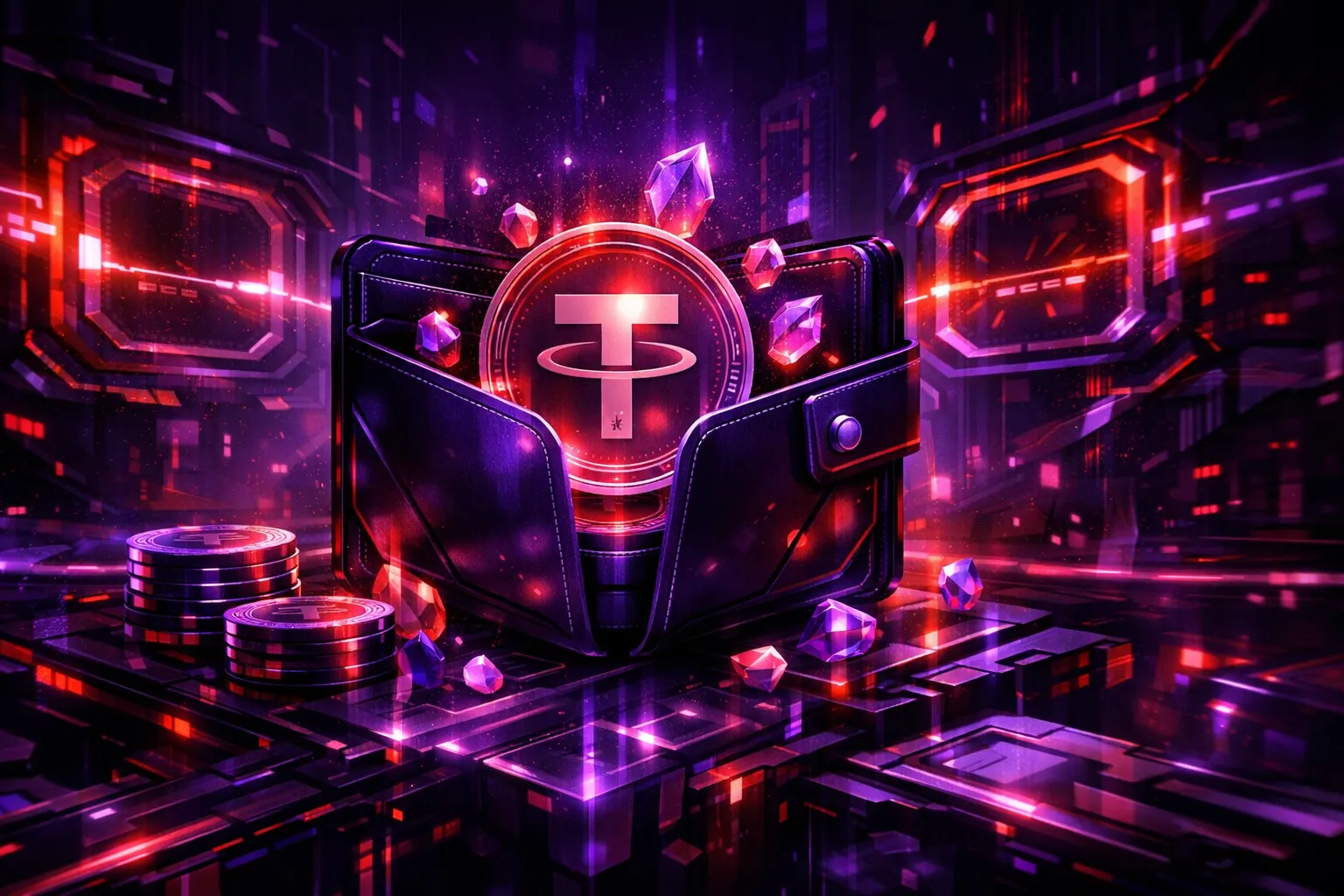Zilliqa (ZIL) - a permissionless public blockchain, designed to provide high throughput with the ability to complete thousands of transactions per second. It aims to solve the problem of blockchain scalability and speed by using sharding as a layer two scaling solution.
Contents:
Basics of Zilliqa (ZIL)
The main feature of Zilliq - its high throughput, which grows with the size of the network. For a public platform, this is a great advantage, thanks to which both individual users and entire companies are interested in it. The work uses the principle of sharding, which is essentially a common decentralized network. It is divided into separate components, smaller networks, called shards.
Zilliqa project uses a middle-level smart contract language (Scilla), developed specifically for Zilliqa, but it can be used by any developer. Its main advantage - to provide a high level of security and standardization. It also allows recognition of the actual computational work of the smart contract and its functional tasks.
Blockchain developers did not use classical schemes such as Proof-of-Work or Proof-of-Stake. Instead, they developed their own protocol that provides additional protection against intruders. Moreover, the new protocol, according to the assurances of the developers, consumes less energy than most of the available options. Zilliqa uses the Byzantine Fault Tolerance consensus protocol. pBFT is responsible for creating new blocks on the network. The procedure consists of several stages:
| First stage | The shard leader announces the next block of transaction records. Participants and nodes will have to agree on a decision: whether to recognize the block as valid and whether to include it in the blockchain. The announcement is made by using a special messaging system. |
| Second stage | After receiving a message from the center, each node makes a decision about the block to be created. The corresponding message is sent to all nodes, including those that are not part of a particular shard. |
All participants of the system confirm the fact of receiving the voting message. Then, each of the shard nodes announces its final decision to create a new block. After that, it is checked that a sufficient number of nodes has participated in the vote.
Cryptocurrency value
All operations on the network are performed, using ZIL tokens, a local cryptocurrency. These coins give the right to use the platform. With their help, the functions of smart contracts are paid for, financial transactions are made, applications are developed. The emission of tokens is 21 billion. The initial offering of Zilling tokens took place on December 27, 2017. In total, 60% of the maximum possible supply of 21 billion coins was distributed. Tokens were distributed as follows:
- 40% – reward to miners;
- 30% – to participants of the crowdsale;
- 30% – the reserve of the company and developers.
Zilliqa developers plan that the entire process of developing and bringing the platform to full readiness will take 10 years from the moment of its launch. At the same time, separate mining farms and special equipment are not required for the extraction of coins.
Where to buy and trade coins?
Zilliqa uses the PoW algorithm. In addition, it uses DAG in it. The system has two types of rewards: basic and flexible.
| Basic remuneration | It is 25% of the total reward and is given for all nodes or shards. |
| Flexible remuneration | It is 70% of the total amount and is given for valid and accepted signatures. |
Zilliqa's native token, ZIL, is listed on several major cryptocurrency exchanges, including Binance, Huobi, Bitfinex and Bithumb, where it is available for trading against fiat currencies, stablecoins and other major cryptocurrencies.






